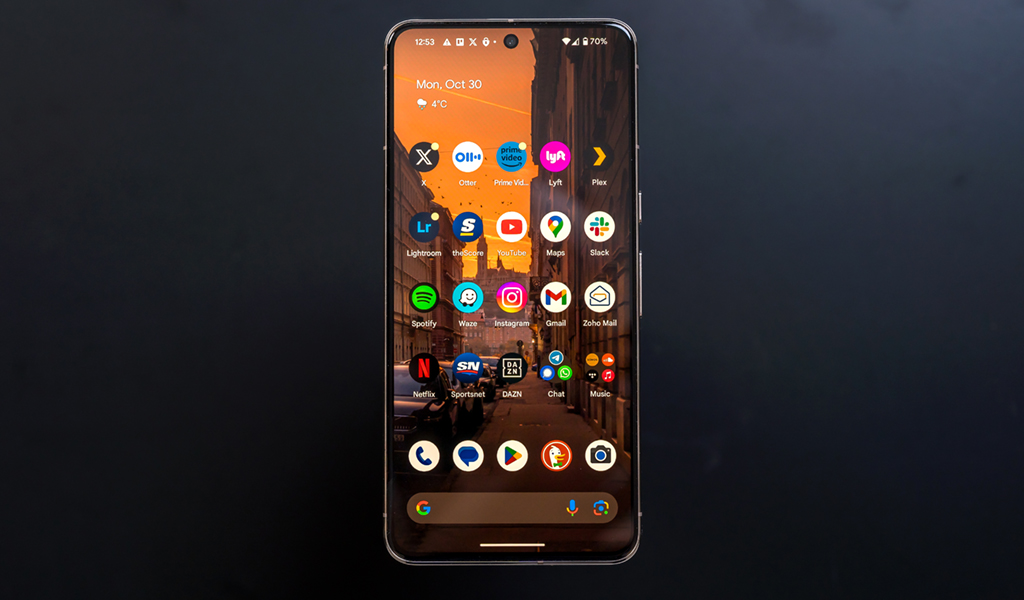
The Google Pixel 8 Pro sticks to some familiar points, but also makes a number of key changes to make this a highly competitive smartphone. Collectively, these changes mark a notable upgrade from previous models, though it remains to be seen if some of the software features may find their way to the Pixel 7 and Pixel 6 lineups.
It’s rare for any phone brand to support a phone for seven years’ worth of system and security updates, but that’s where we stand with the Pixel 8 devices. That means you could theoretically still use your Pixel 8 Pro running Android 20 in 2030. The gist, however, remains stellar Android software and outstanding camera output as the main pillars this device stands on, both of which come with key upgrades of their own.
Pixel 8 Pro design
Google Pixel 8 Pro (as tested):
|
I won’t rehash too much of what I already covered with respect to the phone’s design. I will say, though, the matte back is fantastic. My porcelain review unit actually kind of felt like real porcelain with a smooth finish that neither attracted a ton of fingerprints nor felt too slippery. Pixel phones got a boost of refinement with the 6 series, but you could argue they take a step up here.
I also appreciate the 6.7-inch OLED display is flat rather than curved. I’ve never been a big fan of curved-edge screens, so as a matter of personal taste, I enjoyed holding this phone right out of the box. It’s a smidgen smaller and negligibly lighter than its predecessor, but somehow doesn’t feel cumbersome, owing perhaps to how svelte it feels in your hands. I recommend putting a case on it for extra protection, including a screen protector (which is much easier to put on now) despite the Gorilla Glass Victus 2 protection. The slightly different dimensions won’t enable you to use a Pixel 7 Pro case on this phone.
The screen is also incredibly bright in comparison. Peak brightness is 2600 nits, which is ridiculously high until you can see the screen in bright sunlight. The added benefit is the screen is generally brighter even at 50% intensity, which is not only great for visibility, but also helps the battery from draining faster.
The fingerprint sensor continues to improve, even if it won’t win accolades for being one of the best. It’s definitely more responsive, though in my testing, sometimes suffered from unresponsiveness if the phone was dormant for longer stretches. Whatever causes that, I’m thinking Google could fix it with a software update. Face Unlock is also back using the front-facing camera as an alternative.
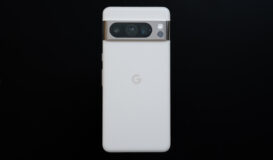
AI features at work
Pretty much everything the Pixel 8 Pro does begins and ends with Google’s Tensor G3 processor. It’s what powers the AI features so prevalent on the camera side, as well as the cool things the phone can do for you otherwise. Call Screen and Hold for Me are two of my favourites that only get more sophisticated with each new Pixel iteration.
Others are new, like Summarize, which uses Google Assistant to give you a quick written summary of a web page in the Chrome browser. All you do is open up a website, wake the assistant and tap Summarize to make it happen. It’s not perfect, and sometimes does nothing, but should be interesting as it gets better. Read Aloud works on any browser and will use Assistant to recite the text on a site for you.
The Pixel 8 series is also the first to enable other languages in Voice Typing, automatically switching the Gboard keyboard when it hears what you’re speaking. It doesn’t support every single language yet, but there are plenty to try it with and it works really smoothly. It even knows if you mix languages together, so pop in an English word into a French or Spanish phrase, for instance, and it transcribes it without issue. This is so good, in fact, that the Assistant doesn’t even need you to point out any punctuation—it just knows based on inflections so you can speak more naturally.
I’ve always been a fan of the Recorder app and am thrilled at how much better it continues to be. It’s now more adept at separating voices (huge for a journalist like me) in interviews or panel discussions, and improving search for specific words or points throughout.
AI features carryover into the photography side, which I’ll cover in that section, but needless to say, these are the kind of things that make the Pixel 8 Pro fun to use.
Performance and usability
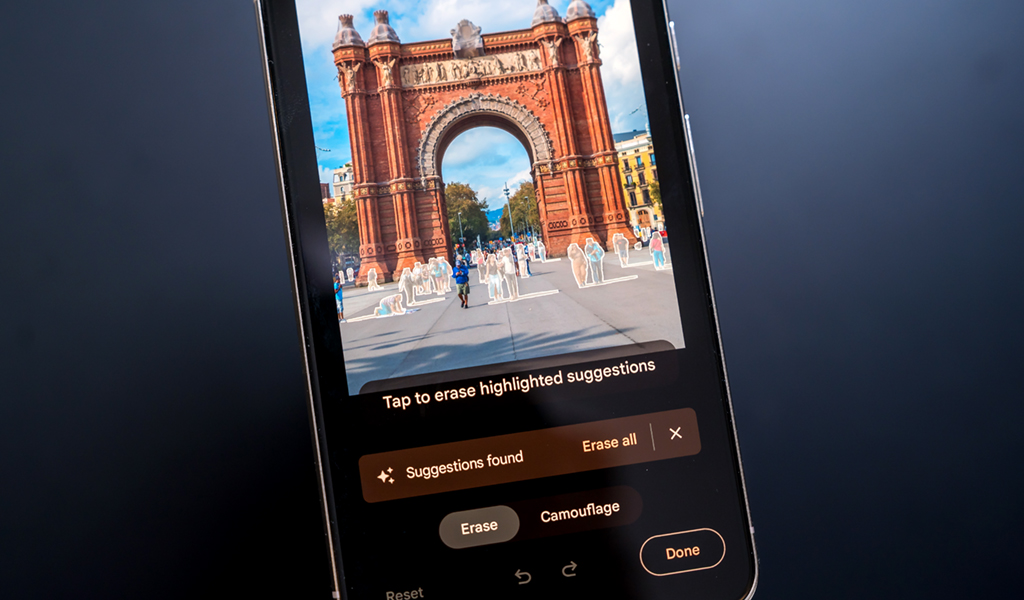
With Android 14, Google adds some customizations and visual treatments, but AI features are the bigger story as far as software goes. Overall performance is going to be perfectly fine for pretty much any situation you put the phone in. I encountered no issues with mixed usage on any given day, going about my business without the phone acting up. Even gaming, like on Xbox Game Pass, worked well, though it can run a little hot and demanding games in the Play Store can cause some lag.
The Tensor G3 chipset is designed for efficiency more than raw power, which is why it can handle certain tasks exclusive to the phone. One of the standouts is the Thermometer app that works with the sensor in the rear below the LED flash. Just point it at any object and it measures its temperature. It’s a neat thing for a phone to do, but its practicality is pretty limited. I tried it a few times while cooking except results weren’t always consistent. Google is looking to get approval from regulators in the United States and Canada to enable the app to measure someone’s body temperature. Now that would be useful.
Google Pixel 8 Pro camera output
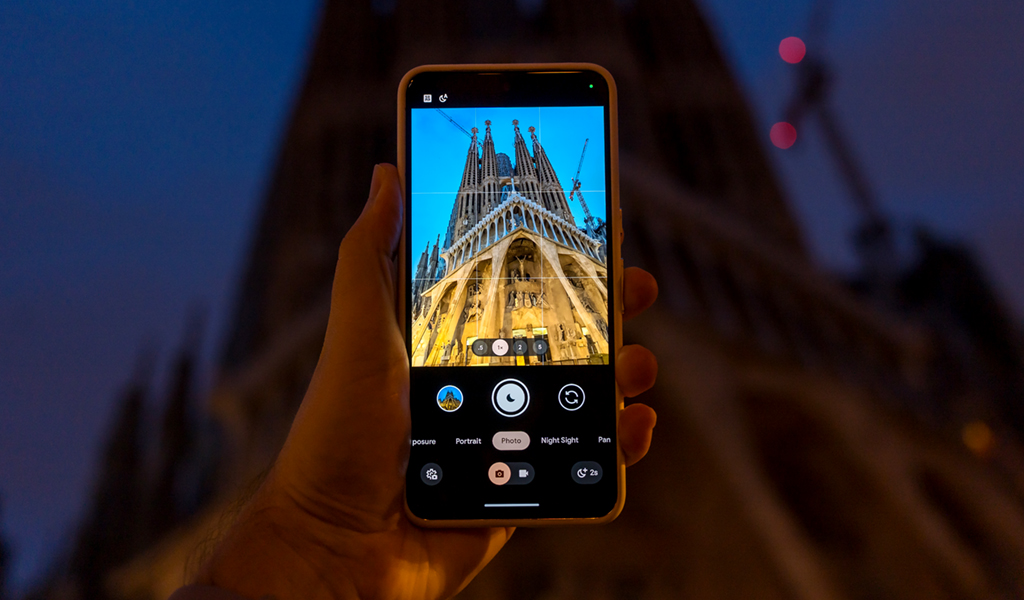
The Pixel 8 Pro carries on the line’s pedigree for taking great photos. Google’s software computation is second to none in that regard, helping produce photos that are more often good than not. And for the first time, there are pro-level manual controls to work with, like shutter speed, ISO, and focus, alongside the standard brightness, shadow, and white balance sliders. I loved having this kind of granular control as a photographer myself, but wish Google kept the main sliders within the frame for quick adjustments rather than keeping them all in the control menu.

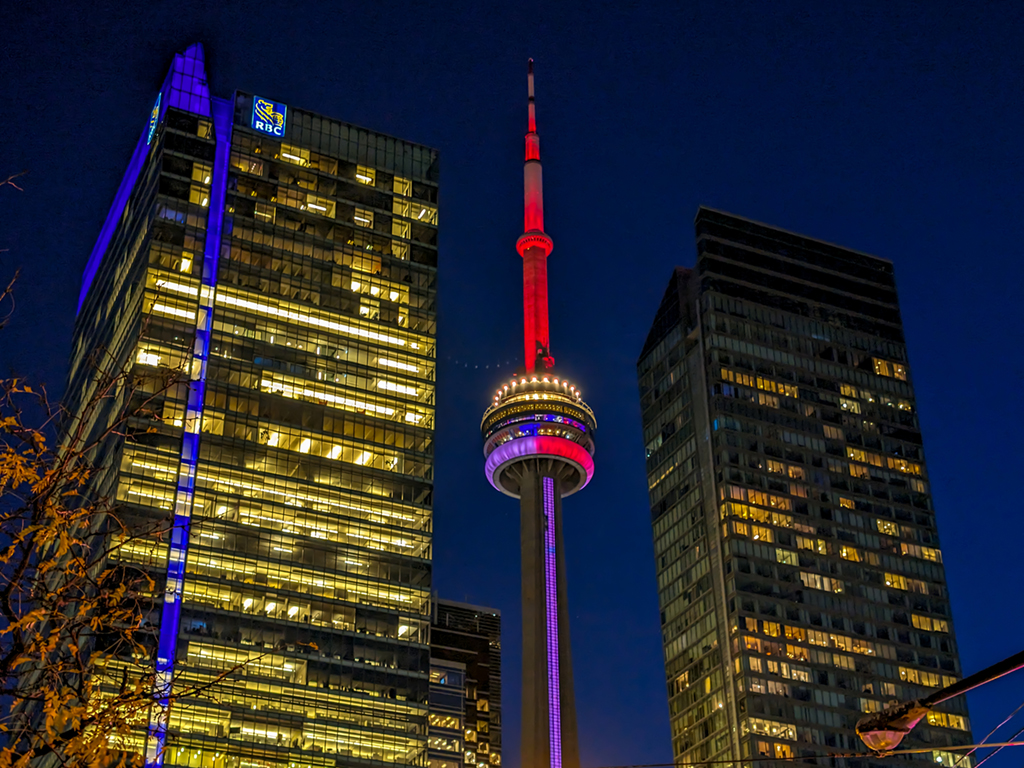
The camera specs are also different this time around with different sensors and lenses onboard. By default, the main lens will capture at 12.5-megapixels because of pixel binning, which merges every four pixels into one from the 50-megapixel sensor. You can, however, choose to shoot at full resolution—including in RAW, by the way—for more detail, particularly when editing or cropping in.









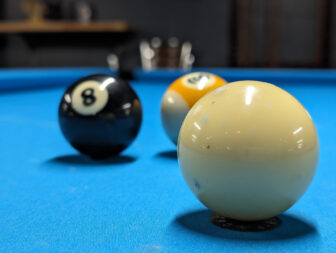
The 48-megapixel telephoto has 5x optical zoom and Google’s Super Res Zoom is still excellent at up to 10x hybrid zoom. Results still aren’t great at 30x hybrid zoom. The 48-megapixel ultra-wide camera also shoots at 12-megapixels unless you choose to go High-Res. Much like the other cameras, you can shoot in telephoto or ultra-wide at full resolution, which is rare for any phone. It’s a unique feature exclusive to the 8 Pro, as the regular Pixel 8 doesn’t have the Pro features, nor the telephoto lens. Shooting modes are still the same as before, along with a macro mode that kicks in when you get close to a subject.
Photo editing features with AI
If you’ve seen commercials about Google’s Magic Eraser, you have an idea of how good it is. It’s not perfect, but it’s the best I’ve seen like it on a phone and none of the other major brands offer anything like it. Best Take is a great one that will recognize faces in multiple similar photos. Tap on a photo in Google Photos, and then Edit->Tools->Best Take where it will analyze the image and let you choose a face to change. It only works when you have similar photos but is very impressive in switching one expression to another with a single tap.
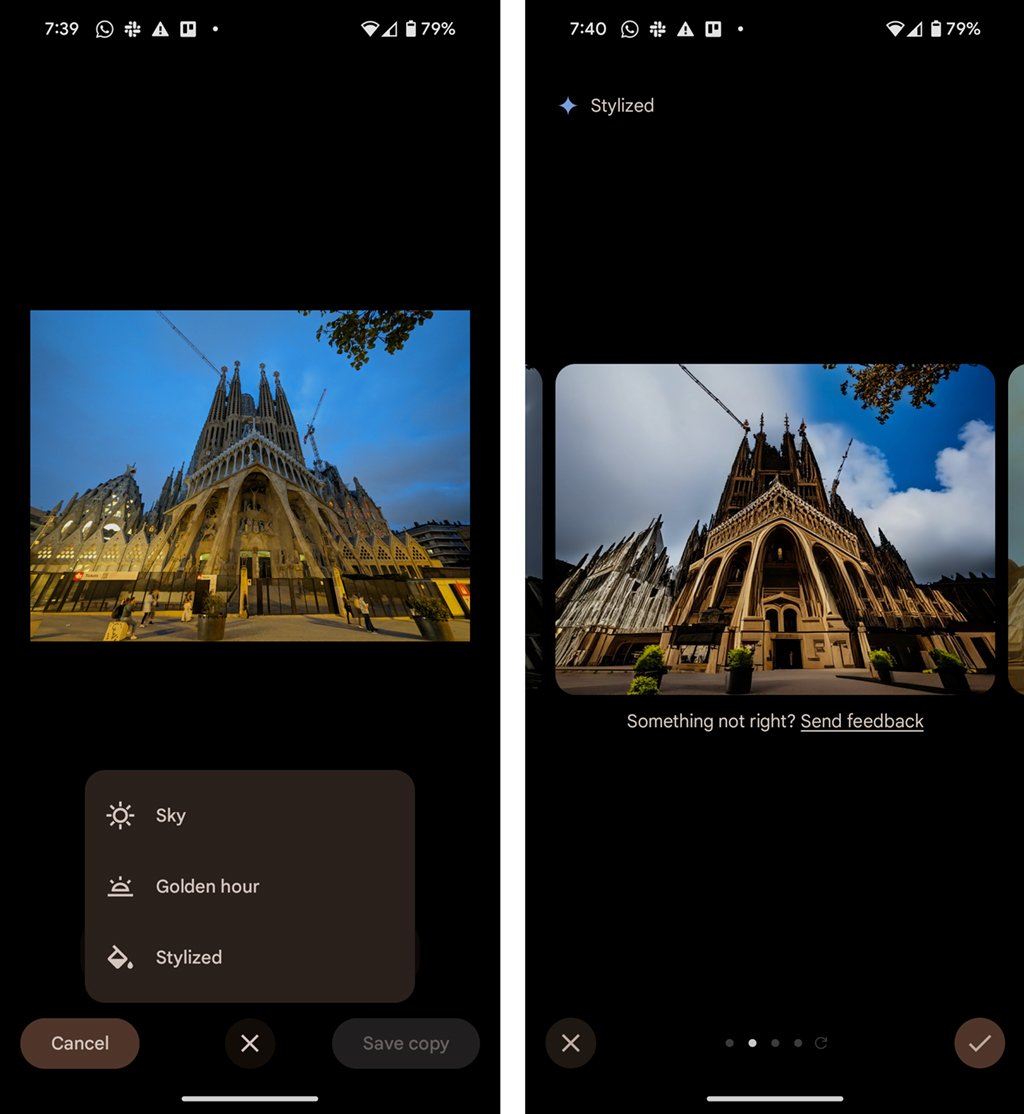
Magic Editor is still in beta as of this review, so the full breadth of the features weren’t available to me. You could still try it anyway by tapping on the magic icon in the lower left corner in Google Photos. Here, you can select specific parts of an image and either eliminate them or replace them. It’s also possible to stylize a photo, which produces interesting results. As of now, the feature needs more polish, given the sometimes ridiculous results, but there’s a promising foundation to work with.
Even for video, Google added Audio Magic Eraser, a very cool way to try removing certain sounds from a video, like noise, wind, crowd chatter, speech, nature sounds and other audible details. All you do is tap on a video, go to Edit->Audio->Audio Eraser where it will analyze the clip and give you sliders to adjust how much you want to reduce for each sound. It still needs work to feel more polished, but is a really good start for something on a phone. It also works with any video you have in your Google Photos, not just those you shot with a Pixel device.
Other cool features like Video Boost, which uses cloud-based technology to improve the dynamic range in a video clip, isn’t available yet, so I couldn’t test it out.
Battery life
Google is more inconsistent in battery life than other brands, but the Pixel 8 Pro shouldn’t pose a problem. I had no problem going through a full day with fairly heavy use, usually leaving me with about 20% to go by bedtime. Plugging in or leaving it on a wireless charger overnight was all I needed to start the next day with a full charge. If you’re a really light user, you can probably stretch the battery into the middle of the next day.
There’s no wall charger in the box, and Google still includes a USB-C cable and USB-C-to-USB-A adapter. I would advise using a faster charging adapter if you have one—preferably 25W or higher—to enable faster charging. If you’re in a real bind for power, Adaptive Battery and Extreme Battery Saver will help stretch things out further. Plus, Flip to Shhh is still there by going to Settings>System>Gestures.
Final thoughts on the Google Pixel 8 Pro
It’s hard to tell how well the Pixel 8 Pro will run seven years from now, yet it’s nice to see that kind of commitment. Mobile photography remains the biggest draw, and the AI features only add to that, though I would also argue the phone’s best asset is that all of the features feel intuitive together. This is easily one of the best phones available right now.
The Google Pixel 8 Pro is available now in obsidian black, porcelain white and bay blue.





